Longing For Those Racing Days? Try a Time Trial!
By Joe Ainsworth
My fellow runners, it's no secret; the global pandemic has slowed many parts of our society down. When it comes to running, all of the traditional road and trail races we look forward to in our community have had to take a sad hiatus for 2020. As I was talking with my partner Abby on our run the other day, we recalled how much we miss looking on social media every weekend and seeing our fellow runner’s triumphs with their respective racing endeavors. Towing the starting line at a race allows us to share butterfly moments with other running friends while also giving us fitness, distance, or time goals to achieve. The fact that these races do not exist right now has left a gaping hole in how we typically see our running identities.
However, there is a way to temporarily fill that void; try a time-trial! A time-trial is a self-designed mock racing scenario where a runner creates a course and attempts to complete the course as quickly as possible. The beauty of a time-trial is that, literally, all of the specific details are up to you! This includes, distance, location, time of day, as well as if you want friends to join you or not! The time-trial is an excellent way to measure your fitness level when you do not have the opportunity to do so in a real racing situation. Believe it not, if PR’s are a goal for you, you can still achieve that in a time-trial!
From 2016-2018 I was fortunate enough to be in excellent physical shape and achieve running PR’s of every distance from 5k to Marathon. In late 2018 though, I suffered an injury that left me sidelined from running for a good year or so. It wasn’t until February 2020 where I felt like I was physically ready to challenge new fitness goals and race again. With the appearance of the coronavirus though all racing events were cancelled. However, my desire to test my fitness still remained. The time-trial was the perfect way to satisfy my curiosity! In May I decided to attempt a series of 3 time trials over the course of seven weeks.
For me, and everyone is going to plan their time-trial differently, I wanted to test my 5k fitness at three different times: Week 1, Week 4, and Week 7. In order to do this I felt as though I needed to keep certain factors consistent across all attempts: location, time of day, what I ate that morning, warm-up routine, as well as the specific running shoes I wore.
If you decide to run a time-trial it is important that you accurately measure your course at a specific location. For me, I chose my 5k time-trial to be in the Hominy Creek Park → Carrier Park → French Broad River Park area of Asheville. I mapped out my specific starting point, route, and finishing point on my GPS watch (if you don’t have a GPS watch you can always mark a course on mapmyrun.com or a similar platform). My time-trial course needed to stay the same if I wanted an accurate overall distance and subsequent finishing time.
For me, the time of day was very important as well, particularly because of the new warmer weather. I chose to run between 7:00-7:30 a.m. each time. This helped control not only for high temperatures and humidity, but also for crowds which, for anyone who regularly runs through Carrier Park in the afternoon knows, can inadvertently disrupt speed work. No way was I going to attempt a time trial in the afternoon (but that’s just me)!
I also considered what my morning routine was before running a fast 5k. I always had a half cup of coffee and a Honey Stinger waffle. For me, this was enough sustenance and caffeine to get me through the effort. On a similar note, as much as I love having a microbrew with dinner, I always opted to abstain from alcohol the night before a time-trial. I didn’t want alcohol to affect my sleep the night before or contribute to any digestive issues the following morning.
Your warm-up routine before a time-trial should be similar each time as well. For me, I ran a 3 mile slow casual jog and then took 5 minutes to stretch and get my legs loose one more time. If you decide to do a time-trial for a longer distance your warm-up will likely be shorter or look different. Again, all factors going into a time-trial are supposed to be individualized.
Finally, if you have multiple running shoes in your closet, I highly recommend wearing the same type of shoe for each time trial. A minimally cushioned shoe is going to perform differently during a 5k time-trial compared to a softly cushioned shoe that weighs more and is designed for easier efforts. As someone who has run a track workout in an “everyday trainer” (Adidas Solar Glide for me) and a responsive more speed-oriented shoe (Adidas Boston Boost), I can promise you both shoes will perform differently in a time-trial. As long as your body can handle it, I would always recommend the lighter weight and more responsive shoe.
As you design your own time-trial remember that there will always be factors out of your control when it comes to “race day”: weather, stress, sleep quality, etc. The beauty of a time-trial is that if you wake up that day and it doesn’t feel right for whatever reason, you can always postpone your attempt! That’s something you cannot say about an actual race. For longer time-trial efforts such as a half-marathon or 25k where recovery takes longer, the option to postpone your time-trial is so valuable.
For my time-trial attempts I was successfully able to reduce my 5k time by 25 seconds from Week 1 to Week 7. I do believe my careful consideration of managing time-trial factors within my control as well as my continued commitment to train throughout those seven weeks helped me improve my time. I’m hoping I can knock off another 30 seconds or so by the time October rolls around.
Best of luck designing your own unique time-trial and if you ever have any questions or need any advice, feel free to come by Jus’ Running or reach out to us! We’d be happy to help!





